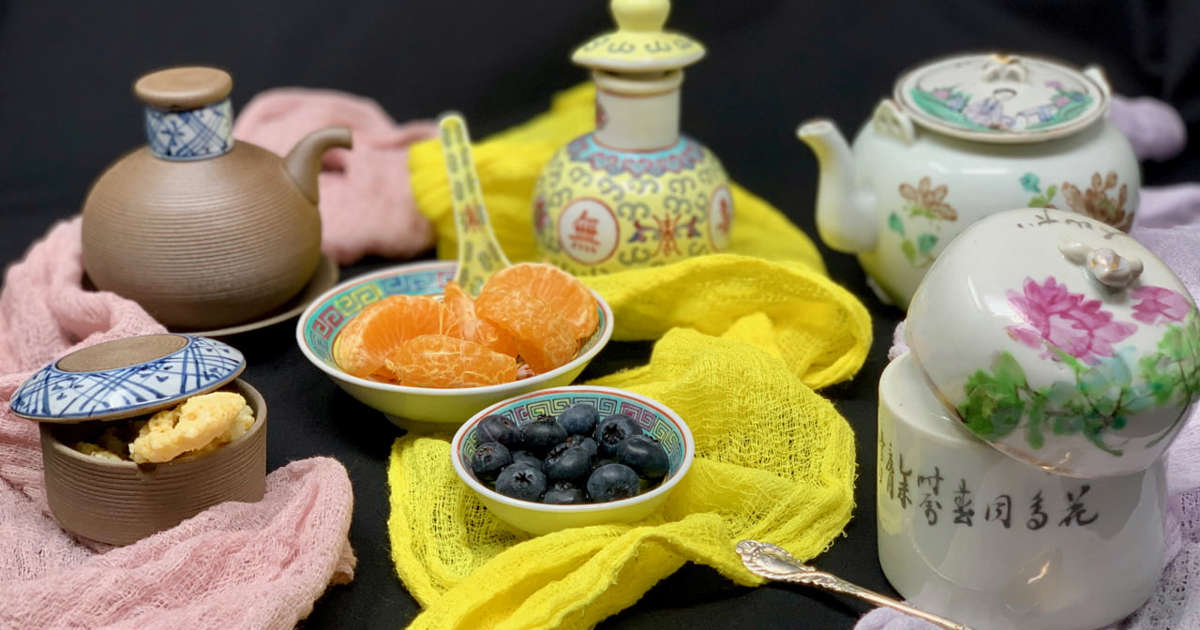[ad_1]
Dyeing cheese cloth with natural foods, to use as texture and color in food photography, is similar to dyeing Easter eggs. Here’s how!
© Provided by Whisk and Dine
Easy Color and Texture for Food Photography
Food Photography
Aren’t we all food photographers these days! Dining out, or cooking in we have become a world, fully aware of the beauty nature contributes to our world of color, through its food.
© Provided by Whisk and Dine
Silk Fabric In Vibrant or Soothing Colors
Texture and color are important elements in any photo. While the food itself may or many not be the most beautiful thing we’ve photographed, we have come a long way in understanding how to embellish on its beauty in a still shot.
Color and Texture
Elements play a huge role in setting the mood or vibe for a particular food photograph; metal, wood, color and textiles.
While I have been a textile person most of my life, having sewn since I was twelve, I have my favorite textiles to work with.
© Provided by Whisk and Dine
Textiles and Sewing
Silk, cotton and raw fibers make for beautiful texture in a garment, upholstery, or table setting.
I was in want of a light and airy cloth I could toss into my photos without it being dominant in the shot. Something sort of ethereal looking.
Cotton gauze, also the same fabric used in cheese cloth, caught my eye. Its really cheap, comes in long bundles to cut however needed and since its a raw cotton, I knew it would absorb dye easily.
© Provided by Whisk and Dine
Food Dyed Cheese Cloth
I wanted to use various foods as the dye. So many of the foods I cook with have such intense pigment; after all, isn’t that where original dye first came from?
Food As Dye
How often have we gone to peel beets, gold or red, or turmeric, cabbage or other plants, only to realize we should have put gloves on first?
Those, are the foods you will be able to obtain the most intense dye from on the cotton gauze. Oh, and do use gloves!
When I was a kid and we would dye Easter eggs, the colors were always so pretty and very intense.
© Provided by Whisk and Dine
Chemical Dye
But then you go to peel the egg to eat it, only to find the dye stained the white of the egg too. I didn’t want to eat that artificial dye, and I certainly didn’t want my kids eating either.
It was then (1980’s), that I began experimenting with food as dye. Some foods require longer soak time than others.
© Provided by Whisk and Dine
Natural Dye
Not sure why but a drop of vinegar in the water helps to make the color of the dye more intense, and absorb better on the fabric.
How To Dye Fabric or Eggs Naturally
Once you have chosen the colors you will use, rough chop those food items, put them into pots of water with 2 tablespoons of white vinegar and boil the food.
© Provided by Whisk and Dine
Food Dyed Cheese Cloth
Take the dry pieces of white cotton cheese cloth and immerse them totally into each pot. Allow to sit for about an hour.
With gloves, squeeze excess liquid out, hang to dry (preferable outside, since the drips will stain), and once dry, the cloth is ready to use.
I have only recently become aware of a beautiful dried flower petal, Butterfly Pea Flower Tea, that has intense blue or purple color.
© Provided by Whisk and Dine
One Hour Soak Time
I made a loaf of bread using the tea in the water of the dough. The trick to this tea, should you want blue as the color, there can be no acid, so don’t use vinegar in the dye water.
With a drizzle of acid, the tea turns purple quickly and would dye the cloth a lovely lilac color.
Ingredients Needed
- Water
- Red Cabbage
- Red Beets
- Gold Beets
- Turmeric
- Black tea
- Butterfly Pea Flower Tea
- White Vinegar
© Provided by Whisk and Dine
Natural Dye Ingredients and Equipment
Equipment Needed
- Several 4 quart pots
- Cheese cloth
- Thongs
- Drying rack

© Provided by Whisk and Dine
color and texture for food photography
Easy Color and Texture for Food Photography
Dyeing cheese cloth with natural foods, to use as texture and color in food photography.
Servings 4 servings
Calories 300kcal
- Water – 4 quarts per pot
- Red Cabbage – 1/4 a head, for pale purple
- Red Beets – 1 whole beet, for intense magenta
- Gold Beets – 1 whole, for pale yellow
- Turmeric – 1 root, for intense yellow
- Black tea – 2 tbsp, for woodsy beiges to brown
- Pea tea – 4 petals, for blue or lilac
- White vinegar – 2 tbsp per pot, except for blue Pea tea
-
Rough chop each item being used. Place in separate pots of boiling water with vinegar. Lower and simmer with a lid on for 30 minutes.
-
Remove food items from each pot and gently press each cotton gauge strip into the appropriate pot. Allow to soak for an hour.
-
Carefully, with gloves, squeeze out excess liquid and hang dry, taking care to protect the floor beneath from drips staining.
-
Once they are dry, they are ready to use.
Calories: 300kcal
© Provided by Whisk and Dine
Food As Natural Fabric Dye
[ad_2]










